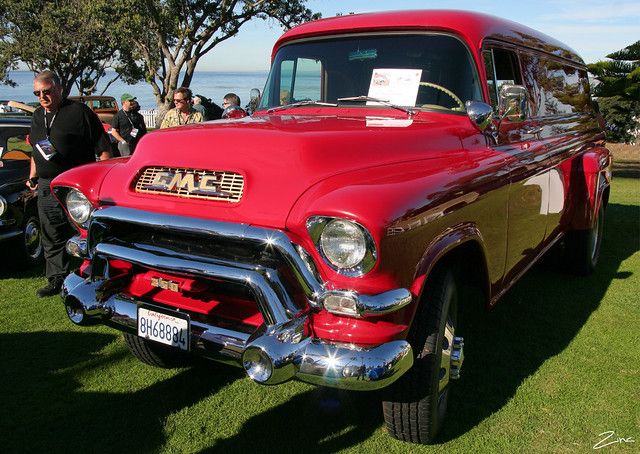
The allure of a new car, with its pristine interior, the promise of smooth rides, and the sense of freedom it offers, is a powerful draw for many. After investing tens of thousands of dollars or committing to a multi-year loan, the expectation is a reliable companion for daily commutes and grand adventures. This significant financial and emotional commitment is rooted in the hope of trouble-free ownership and lasting satisfaction.
However, the reality for many drivers often veers sharply from this idyllic vision. Vehicle manufacturers sometimes roll out cars that look promising on paper, or with compelling exterior aesthetics, but ultimately fail to live up to the hype and their initial appeal. This stark divergence between expectation and experience can lead to a pervasive sense of buyer’s remorse, a feeling that unfortunately happens all too often in the automotive world.
Considering the substantial cost of new and used cars today, making an informed buying decision is more crucial than ever. Relying solely on a vehicle’s appearance or initial specifications can easily lead buyers into problematic situations. This article aims to empower consumers by shedding light on vehicles that have consistently left their owners wishing they had never driven them off the lot, drawing insights from extensive testing, data, and candid feedback from real owners, as well as official industry recalls exposing systemic flaws.
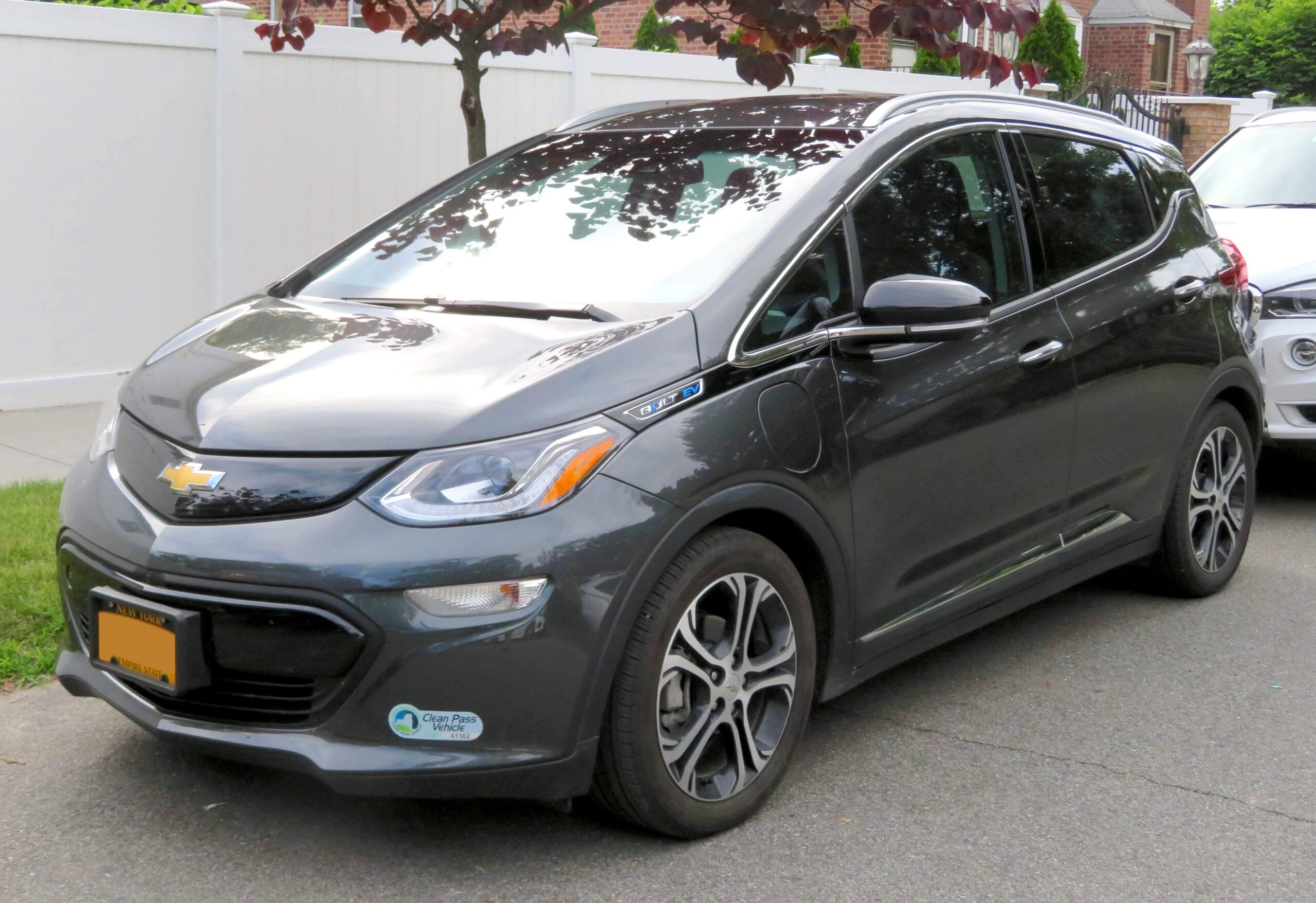
1. **Chevrolet Bolt**The Chevrolet Bolt initially earned praise for its affordability and respectable driving range, an accessible entry point into electric vehicle ownership. However, this promising start was quickly overshadowed by significant problems that tarnished its reputation, leading to widespread owner dissatisfaction and regret.
The most notorious issue involves the Bolt’s battery-related fires, a critical safety concern that prompted extensive recalls in 2020 and 2021. These stemmed from LG-supplied lithium-ion batteries, which could short-circuit, overheat, and ignite. This severe defect posed serious risks and created considerable anxiety and inconvenience for owners.
Beyond battery concerns, the Chevrolet Bolt also faced criticism for other performance aspects. Owners frequently described the ride quality as “so-so,” lacking refinement. Rear passenger space was often deemed inadequate, and handling characteristics were rated as mediocre. These collective shortcomings ultimately diminished the overall ownership experience.
Car Model Information: 2023 Chevrolet Bolt EUV FWD Premier
Name: Chevrolet Bolt EV
Caption: 2022 Chevrolet Bolt EV
Manufacturer: General Motors
Production: 2016–2023
ModelYears: 2017–2023
Class: Subcompact car
BodyStyle: hatchback
Layout: Front-engine, front-wheel-drive layout
Predecessor: Chevrolet Spark EV
Categories: 2020s cars, All Wikipedia articles in need of updating, All articles containing potentially dated statements, All articles to be merged, All articles with unsourced statements
Summary: The Chevrolet Bolt EV (marketed in Europe as Opel Ampera-e) is a battery electric subcompact hatchback manufactured and marketed by General Motors under its Chevrolet brand from late 2016 until late 2023, with a brief hiatus between mid-2021 and early 2022.
The first-generation Bolt was developed and manufactured with LG Corporation. Sales of the 2017 Bolt began in California in December 2016; it was released nationwide and international markets release in 2017. A rebadged European variant was marketed as the Opel Ampera-e in mainland Europe. In 2017, the Bolt was the second-best-selling plug-in car in the United States. It was named the 2017 Motor Trend Car of the Year, the 2017 North American Car of the Year, an Automobile magazine 2017 All Star, and was listed in Time magazine’s Best 25 Inventions of 2016. The Ampera-e was discontinued after 2018. By the end of 2020, GM had sold 112,000 Bolt and Ampera-e cars worldwide. The first-generation Bolt had been subject to at least three recalls due to battery fire risks.
In mid-2023, GM officials said they would discontinue the Bolt; after outcry, they announced plans for a next-generation model. The second-generation Bolt, based on the Chevrolet Bolt EUV, was unveiled on October 9, 2025 and will go on sale in 2026 as a 2027 model.
Get more information about: Chevrolet Bolt
Buying a high-performing used car >>>
Brand: Chevrolet Model: Bolt
Price: $22,992 Mileage: 23,569 mi.
Read more about: Beyond the Icons: Unearthing 14 Underappreciated Muscle Cars That Deserve Your Attention
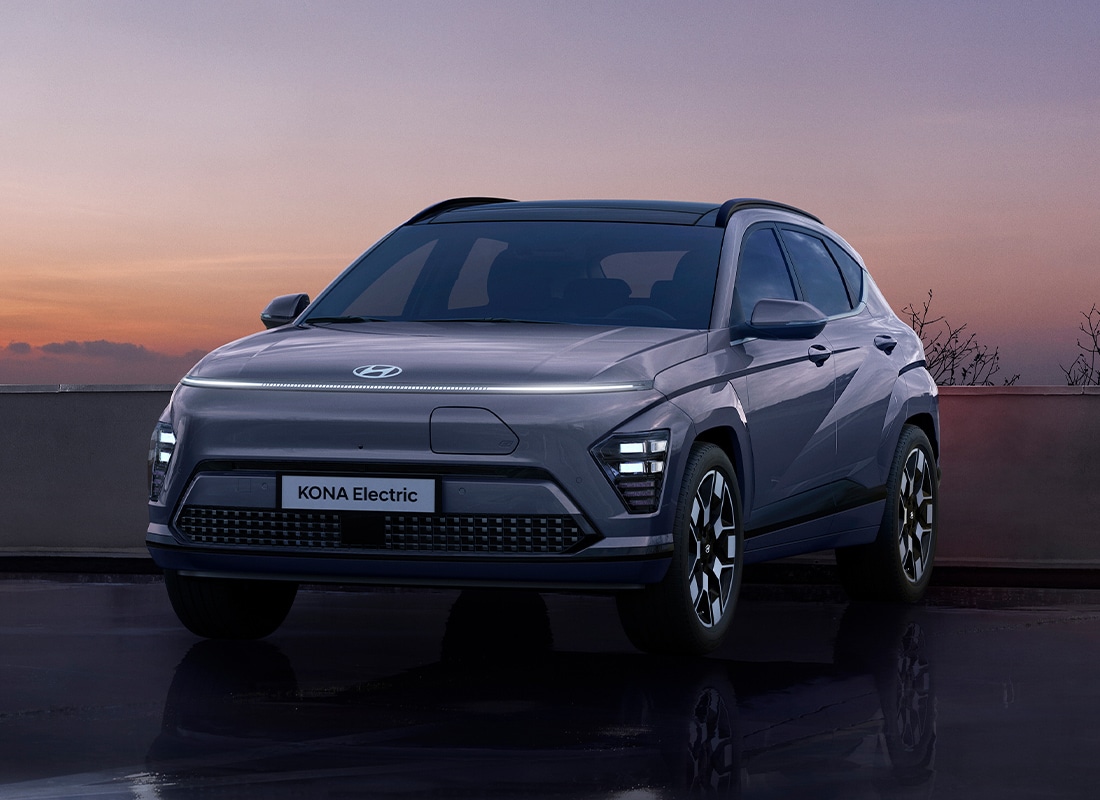
2. **Hyundai Kona Electric**Hyundai has achieved success in the electric vehicle market, yet the Kona Electric stands out as a significant disappointment. Despite its modern appeal, this compact EV carries a history marred by serious reliability concerns, particularly related to its battery system, transforming promising expectations into frustration.
Like other affected EVs, the Hyundai Kona Electric has been associated with battery fires and recalls. Hyundai initiated a worldwide recall in 2020 and 2021 to replace battery packs, addressing critical fire risks. This action highlighted systemic battery defects, forcing owners to grapple with safety concerns and service inconvenience.
Owners frequently cited that battery issues were “just the tip of the iceberg,” suggesting the Kona Electric suffered from a broader array of reliability challenges. These diminished the daily driving experience, challenging a dependable electric car’s notion. For potential buyers, current owners’ experiences serve as a stark warning to exercise extreme caution.
Car Model Information: 2019 Volkswagen Tiguan 2.0T SE 4MOTION
Name: Hyundai Kona
Caption: Hyundai Kona N Line (SX2)
Manufacturer: Hyundai Motor Company
Aka: Hyundai Kauai (Portugal)
Production: 2017–present
ModelYears: 2018–present
Class: Subcompact crossover SUV
BodyStyle: SUV
Layout: ubl
Categories: 2020s cars, All-wheel-drive vehicles, All Wikipedia articles in need of updating, All Wikipedia articles written in British English, Articles containing Chinese-language text
Summary: The Hyundai Kona (Korean: 현대 코나) is a subcompact crossover SUV produced by the South Korean manufacturer Hyundai. The first-generation Kona debuted in June 2017 and the production version was revealed later that year. It is positioned between the Venue or Bayon and the Tucson in Hyundai crossover SUV line-up. The battery electric version called the Kona Electric (or Kona EV) was first launched in South Korea during the first half of 2018 and rolled out gradually worldwide afterwards.
Get more information about: Hyundai Kona
Buying a high-performing used car >>>
Brand: Hyundai Model: Kona Electric
Price: $12,956 Mileage: 115,423 mi.
Read more about: Immediate Regret Behind the Wheel: 15 Vehicles Owners Wished They Never Financed at the Dealership
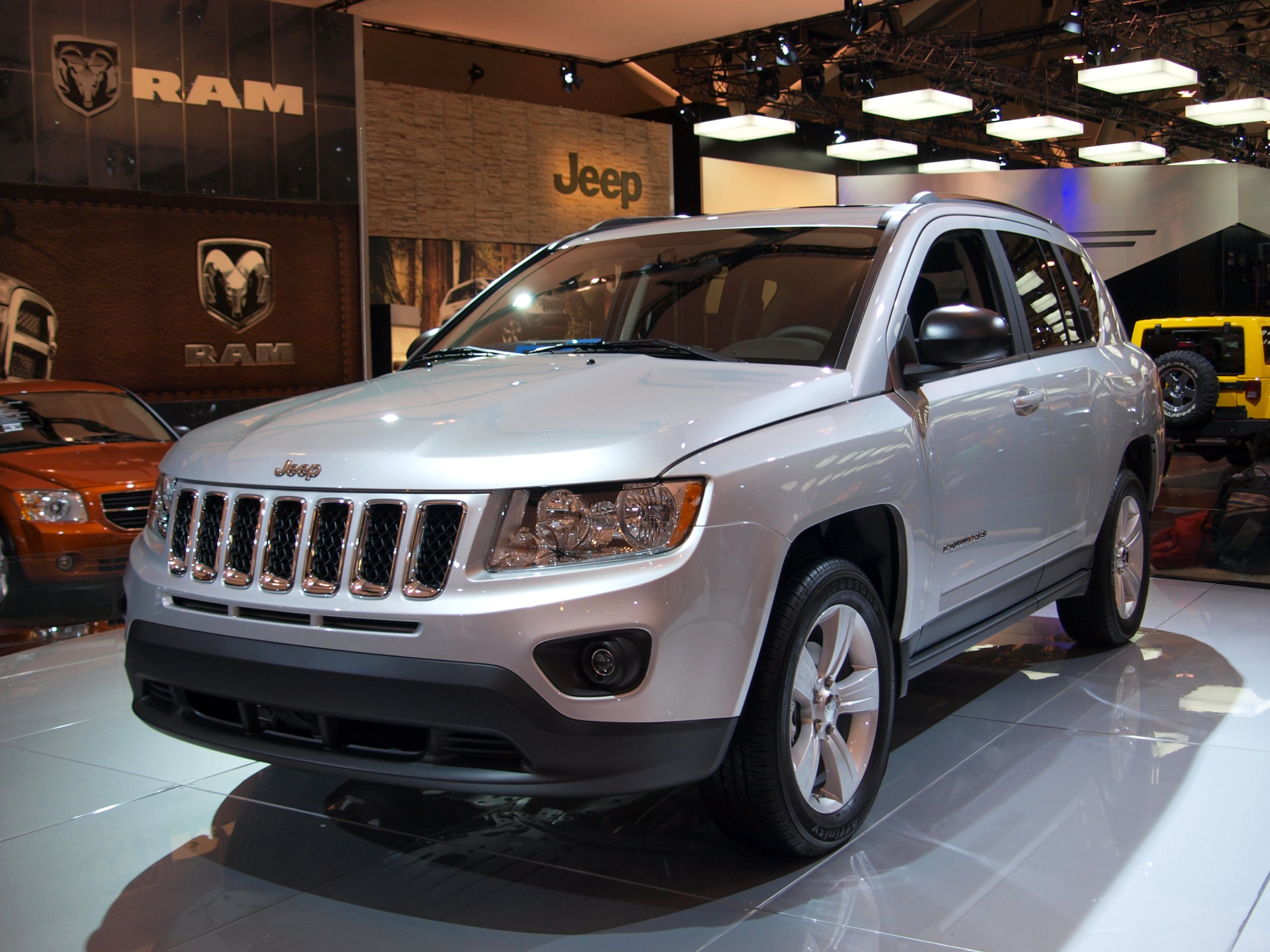
3. **Jeep Compass**The Jeep Compass, marketed as a compact SUV, promises adventure but often delivers a “migraine headache on wheels” due to serious, recurring mechanical problems. Owners across various model years reported consistent frustration, with critical components failing to provide reliable performance expected from the Jeep brand.
A predominant complaint involves the vehicle’s transmissions; both continuously variable (CVT) and 9-speed automatic units are prone to “herky-jerky shifting.” This inconsistent gear engagement detracts significantly from driving, making it unpredictable and uncomfortable. Worse, these transmissions have been known to suffer catastrophic failure, leading to costly repairs.
Beyond transmission woes, the Jeep Compass also exhibits poor engine performance and excessive oil consumption, adding unexpected maintenance burdens. Electrical system issues further contribute to its problematic profile. These complaints strongly advise potential buyers to “steer clear of this SUV” to avoid ongoing troubles.
Car Model Information: 2024 Jeep Compass Latitude
Name: Jeep Compass
Caption: 2019 Jeep Compass
Manufacturer: Jeep
Production: 2006–present
ModelYears: 2007–present
Class: Compact crossover SUV
BodyStyle: SUV
Layout: Front-engine, front-wheel-drive layout
Chassis: Unibody
Categories: 2010s cars, 2020s cars, All-wheel-drive vehicles, All Wikipedia articles written in American English, Articles with short description
Summary: The Jeep Compass is a compact crossover SUV, introduced in 2006 for the 2007 model year. The first generation Compass and Patriot, its rebadged variant, were among Jeep’s first crossover SUVs. The second-generation Compass debuted in September 2016 in Brazil and at the Los Angeles International Auto Show in November 2016, sharing a modified platform with the Renegade. It is positioned between the smaller Renegade and the larger Cherokee globally or the Commander in South America. The third-generation Compass debuted in May 2025, built on the STLA Medium by Stellantis, shared with other PSA Groupe vehicles.
Get more information about: Jeep Compass
Buying a high-performing used car >>>
Brand: Jeep Model: Compass
Price: $19,988 Mileage: 53,969 mi.
Read more about: Don’t Get Shocked: Decoding Hybrid Battery Replacement Costs and What You Need to Know
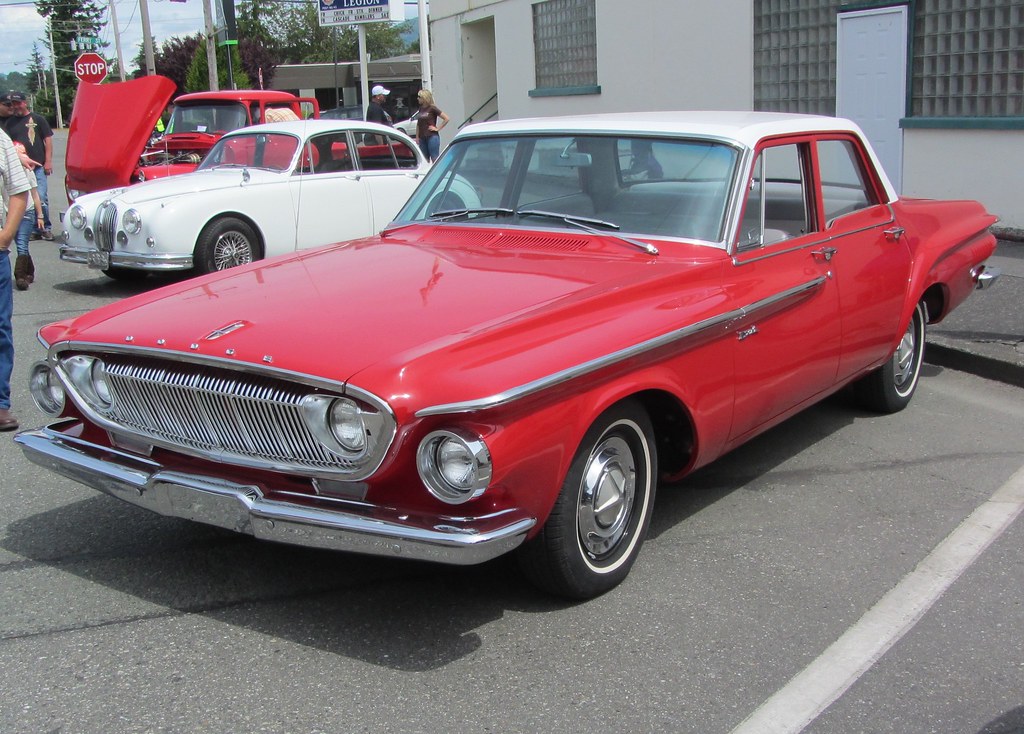
4. **Dodge Dart**The Dodge Dart, despite its compact sedan classification, earned a reputation for having “full-size car problems,” indicating disproportionate severe issues for its segment. This vehicle consistently appeared on lists of cars many buyers wish they had never purchased, reflecting deep, widespread dissatisfaction with its quality.
Owners reported problems spanning nearly every major system, from the transmission and engine to the suspension and brakes. These fundamental components frequently failed to deliver reliable performance, contributing to an uncomfortable, often unreliable driving experience, directly contradicting dependable daily driver expectations.
The extent of owner dissatisfaction is telling: according to Consumer Reports, around “six in 10 buyers say they are not satisfied with the vehicle.” This high percentage of regret underscores that the Dart’s shortcomings were systemic, transforming an economical mode of transport into constant headaches and unexpected expenses.
Car Model Information: 2015 Dodge Dart SXT
Name: Dodge Dart
Caption: 1966 Dodge Dart GT 2-door hardtop
Manufacturer: Dodge
Production: 1959–1976 (US market)
ModelYears: 1960–1976 (US market)
Class: Full-size
Layout: FR layout
Predecessor: Dodge Coronet#Fourth generation (1957–1959)
Related: Plymouth Valiant,Chrysler Valiant,Dodge Phoenix
Successor: Dodge Aspen,Dodge Diplomat,Talbot Tagora
Categories: 1970s cars, All articles with unsourced statements, Articles with short description, Articles with unsourced statements from December 2023, Articles with unsourced statements from May 2025
Summary: The Dodge Dart is a line of passenger cars produced by Dodge from the 1959 to 1976 model years in North America, with production extended to later years in various other markets.
The production Dodge Dart was introduced as a lower-priced full-size model in 1960 and 1961, but became a mid-size car for one model year for 1962, and was then reduced to a compact for two generations, from 1963 to 1976.
Chrysler had first used ‘Dart’ name plates on two Italian styled show cars, in 1956 and 1957, before it became a Dodge model name. The Dart nameplate was resurrected for a Fiat-derived compact car that was introduced in 2012.
Get more information about: Dodge Dart
Buying a high-performing used car >>>
Brand: Dodge Model: Dart
Price: $9,995 Mileage: 143,082 mi.
Read more about: Beyond the Icons: Unearthing 14 Underappreciated Muscle Cars That Deserve Your Attention
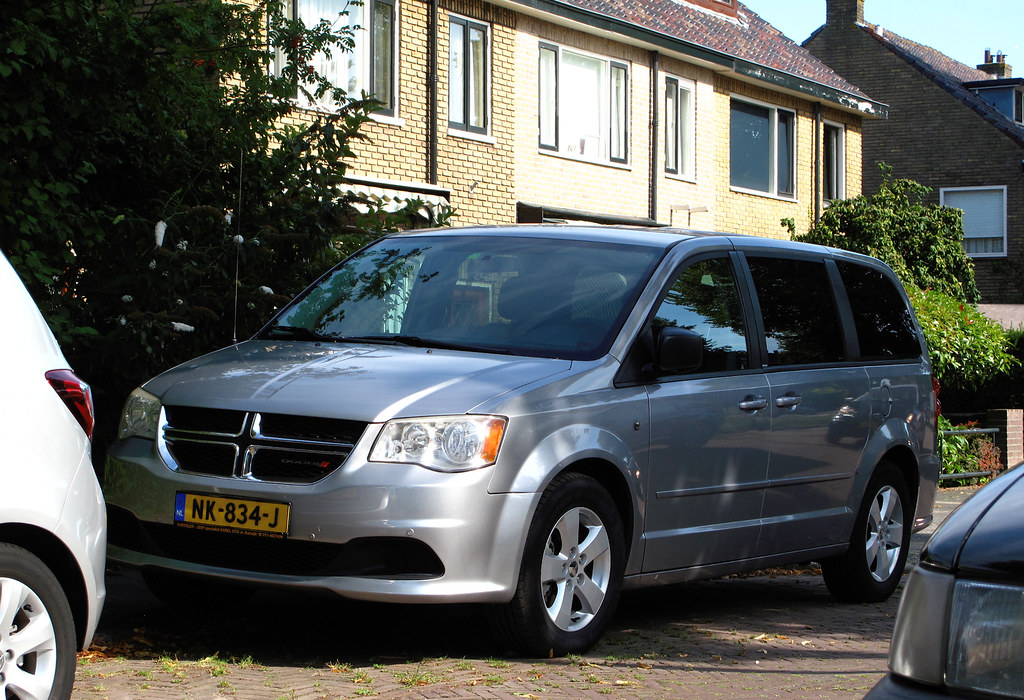
5. **Dodge Grand Caravan**The Dodge Grand Caravan, a quintessential family minivan, designed for hauling and daily commutes, implied robust, reliable capability. However, for many owners, driving a Grand Caravan was anything but “smooth driving,” transforming practical utility into a frustrating experience due to persistent mechanical failures.
A predominant and critically disabling complaint is transmission failure, which severely undermines the vehicle’s reliability. Before total failure, these transmissions frequently exhibit “delayed gear engagement,” “rough shifting,” and “slipping” gears, creating uncomfortable and potentially dangerous driving conditions for a family vehicle.
In addition to pervasive transmission problems, owners also frequently report significant electrical system issues and heavy oil consumption, adding unexpected maintenance burdens. This accumulation of severe problems leads to strong regret, with many wishing they could “rewind time and have a do-over,” highlighting profound disappointment.
Read more about: Electrifying the Family Ride: Are 2025 Electric Minivans Finally Practical and Poised to Reshape Your Travel Experience?
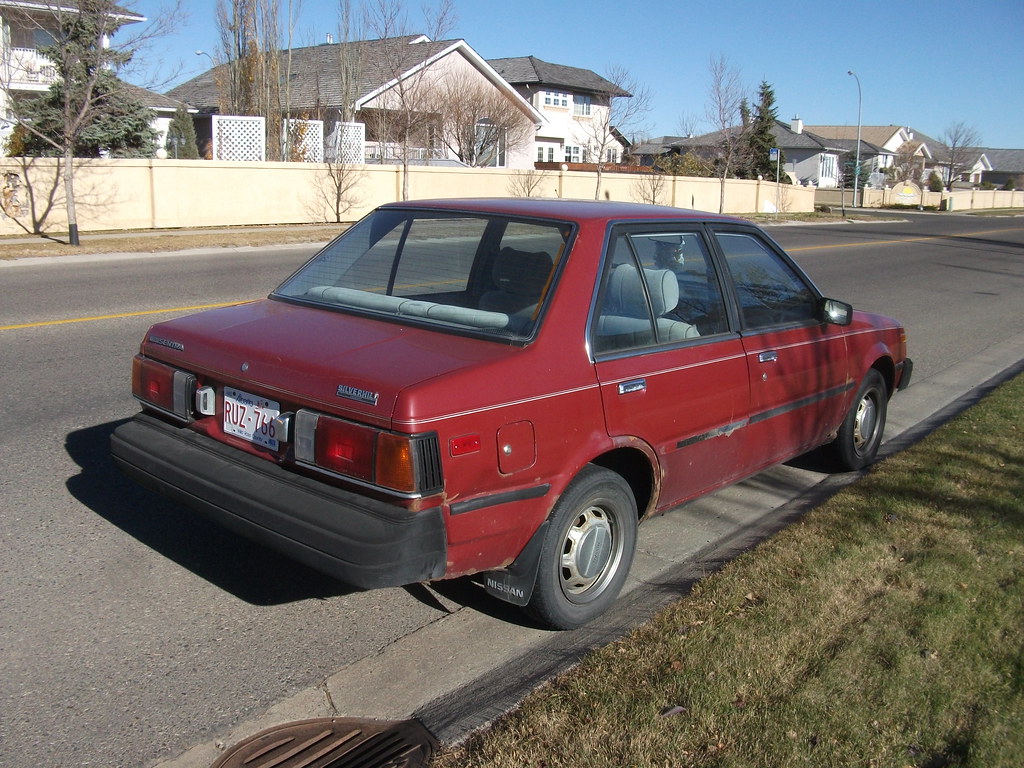
6. **Nissan Sentra**While some Nissan Sentra model years achieved reasonable reliability, iterations manufactured between 2013 and 2019 proved unequivocally “horrific.” These models are widely recognized as periods to avoid, primarily due to a problematic component that became a “thorn in the side of many Sentra owners,” undermining dependability.
The central culprit in these problematic Sentra model years is the notorious continuously variable transmission (CVT). This transmission technology, designed for efficiency, instead caused “overheating,” “jerky acceleration,” and “shuddering” for owners. These issues severely compromised smooth operation, making daily driving a source of constant irritation.
Beyond widespread CVT issues, these Nissan Sentra models also presented owners with a “laundry list” of other concerns, including engine stalling. Furthermore, the vehicle was subject to numerous recalls “related to the vehicle’s airbags, seatbelts, brakes, and more,” indicating fundamental safety and operational deficiencies across multiple critical systems.
Car Model Information: 2024 Nissan Sentra S
Name: Nissan Sentra
Caption: 2021 Nissan Sentra SR (B18; Canada)
Manufacturer: Nissan
Aka: Nissan Sunny
Production: 1982–present
Class: Subcompact car
Predecessor: Nissan Sunny#B310
Categories: 1990s cars, 2000s cars, 2010s cars, 2020s cars, All Wikipedia articles written in American English
Summary: The Nissan Sentra is a series of automobiles manufactured by the Japanese automaker Nissan since 1982. Since 1999, the Sentra has been categorized as a compact car, while previously it occupied the subcompact class. Until 2006, Sentra was a rebadged export version of the Japanese Nissan Sunny, but since the 2013 model year, Sentra is a rebadged export version of the Sylphy. The Sentra nameplate is not used in Japan. Many other countries in Latin America sell their versions of the Sunny as the Sentra. In Mexico, the first three generations of the Sentra were known as the Nissan Tsuru (Japanese for crane), and the B13 model was sold under that name until 2017, alongside the updated models badged as Sentra.
In North America, the Sentra currently serves as Nissan’s compact car, despite being rated as a mid-size car by the EPA due to its interior volume since the 2007 model year. While previous Sentras were subcompacts, the Sentra has grown over the years, with the Nissan Versa having replaced the Sentra in the entry-level area.
The Sentra name was created for Nissan by Ira Bachrach of NameLab, and Bachrach describes the origin as “Nissan wanted consumers to understand that it was quite safe even though it was small. The word Sentra sounds like central as well as sentry, which evokes images of safety.”
Get more information about: Nissan Sentra
Buying a high-performing used car >>>
Brand: Nissan Model: Sentra
Price: $17,487 Mileage: 24,259 mi.
Read more about: Immediate Regret Behind the Wheel: 15 Vehicles Owners Wished They Never Financed at the Dealership
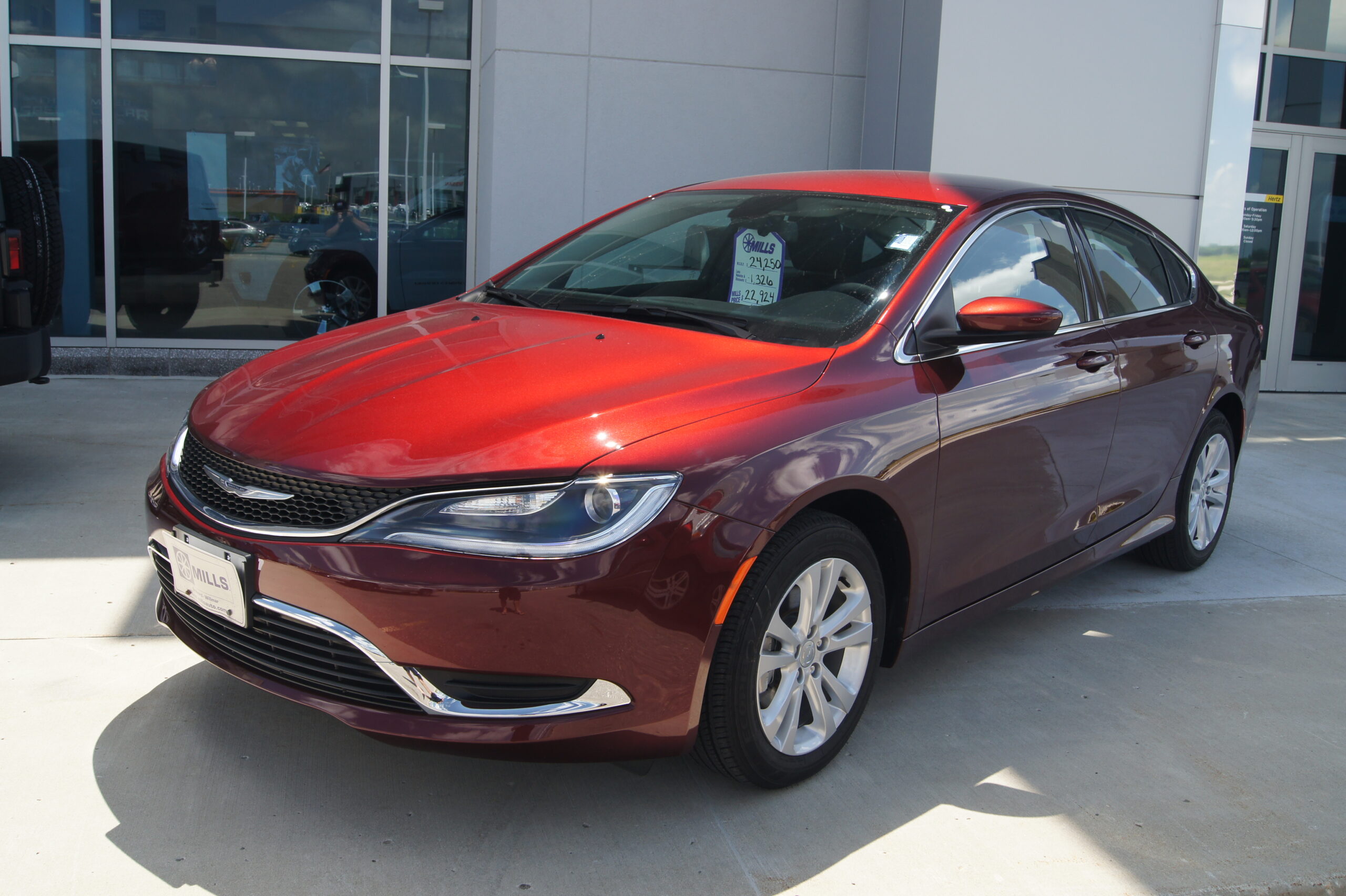
7. **Chrysler 200**The Chrysler 200, produced from 2011 to 2017, aimed to refresh the mid-size sedan segment but instead delivered a multitude of reliability issues that profoundly frustrated its owners. Despite modern styling, this vehicle failed to meet basic expectations, leading to widespread regret among purchasers.
Owners of 2015-2017 models particularly found the 9-speed automatic transmission “especially problematic.” This transmission was a significant source of complaint, known for erratic behavior and premature wear. Critically, “transmission failure was a thing, too,” indicating issues often led to complete breakdowns and costly repairs.
However, transmission problems were “just for starters.” The Chrysler 200 also “suffers from engine performance problems,” further diminishing the driving experience and the car’s overall value proposition. These accumulated mechanical failures solidified its place among vehicles that frequently lead to profound buyer’s remorse.
Car Model Information: 2013 Chrysler 200 Touring
Name: Chrysler 200
Manufacturer: Chrysler
Production: 2010–2016
ModelYears: 2011–2017
Assembly: Sterling Heights, Michigan
Class: Mid-size car
Sp: us
Predecessor: Chrysler Sebring
Categories: 2010s cars, All articles with dead external links, All articles with unsourced statements, Articles with dead external links from July 2020, Articles with permanently dead external links
Summary: The Chrysler 200 is a mid-size sedan that was manufactured and marketed by Chrysler from model years 2011 to 2017 across two generations in four-door sedan and two-door convertible (first generation only) body styles.
The 200 nameplate debuted on the 200C, a prototype hybrid vehicle shown at the 2009 North American International Auto Show in Detroit and based on the Chrysler 300. The 200C concept was engineered to accept either traditional gasoline, hybrid or full-electric powertrains.
Get more information about: Chrysler 200
Buying a high-performing used car >>>
Brand: Chrysler Model: 200
Price: $7,788 Mileage: 117,030 mi.
Read more about: Rolling Regret: 6 Trucks Owners Wish They Had Left Sitting on the Dealer’s Pavement
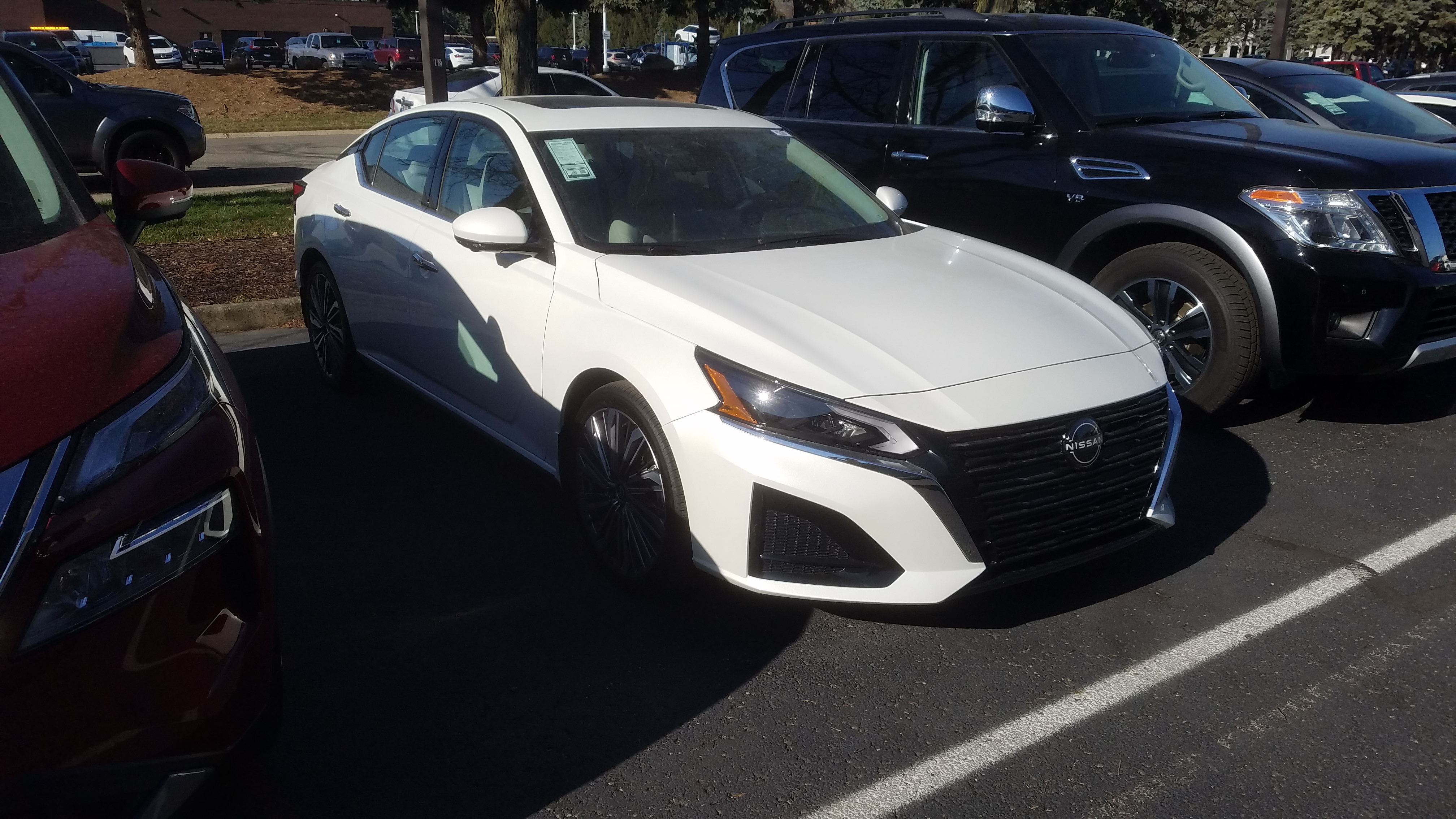
8. **Nissan Altima**The Nissan Altima consistently appears on lists of vehicles that leave their owners with significant buyer’s remorse. For a car that many rely on for daily commutes, its track record, particularly concerning its transmission, often transforms practicality into persistent frustration. This consistent disappointment has led numerous buyers to wish they had never opted for this popular sedan.
A predominant cause of owner dissatisfaction stems from the Altima’s continuously variable transmission (CVT). While designed for efficiency, this unit proved to be a critical flaw, with its most severe issues emerging in model years from 2013 to 2019. Owners frequently reported problems such as rough operation, shuddering during acceleration, and even complete transmission failure, which are significant defects that severely compromise the driving experience and the vehicle’s long-term reliability.
Beyond the widespread transmission woes, the Altima also faced criticism for other key areas. Drivers reported issues with the steering system, which often felt vague or unresponsive, detracting from overall control and safety confidence. Additionally, problems like excessive oil consumption and oil leaks added to the maintenance burden, leading to unexpected repair costs and further diminishing the vehicle’s overall value proposition.
The accumulation of these mechanical and operational deficiencies translates directly into a significant financial and emotional toll for owners. The constant need for repairs, coupled with the inherent unreliability, means that what began as a seemingly practical purchase often evolves into a source of ongoing stress and unexpected expenses, eroding any initial satisfaction and reinforcing the sense of regret.
Car Model Information: 2021 Nissan Altima S FWD
Name: Nissan Altima
Caption: 2024 Nissan Altima SR (L34; US)
Manufacturer: Nissan
Aka: Nissan Bluebird
Production: 1992–present
Class: Compact car
Predecessor: Nissan Bluebird,Nissan Stanza
ModelYears: 1993–present
Categories: 2000s cars, 2010s cars, 2020s cars, All-wheel-drive vehicles, All Wikipedia articles written in American English
Summary: The Nissan Altima is a mid-size car manufactured by Nissan since 1992. It is a continuation of the Nissan Bluebird line, which began in 1955.
The Altima has historically been larger, more powerful, and more luxurious than the Nissan Sentra but less so than the Nissan Maxima. The first through fourth-generation cars were manufactured exclusively in the United States and officially sold in North and South America, along with the Middle East and Australia. For other markets, Nissan sold a related mid-size sedan called the Nissan Teana which was between the Altima and Maxima in terms of size. In 2013, the Teana became a rebadged version of the fifth-generation Altima.
The name “Altima” was originally applied to a top trim line of the Nissan Leopard for the Japanese market in 1986, and then to the Nissan Laurel Altima mid-size car sold in Central America and the Caribbean before 1992. In 1992, Nissan discontinued the Stanza which was a Nissan Bluebird clone, replacing it with the US-built Altima, while remaining a compact car. The first Altima was produced in June 1992, as a 1993 model. All Altima models for the North American market were built in Smyrna, Tennessee, until June 2004, when Nissan’s Canton, Mississippi plant also began producing the model to meet high demand.
Get more information about: Nissan Altima
Buying a high-performing used car >>>
Brand: Nissan Model: Altima
Price: $17,961 Mileage: 39,585 mi.
Read more about: Is the 2025 Honda Accord Still the Mid-Size Sedan to Beat? An In-Depth Consumer Report.
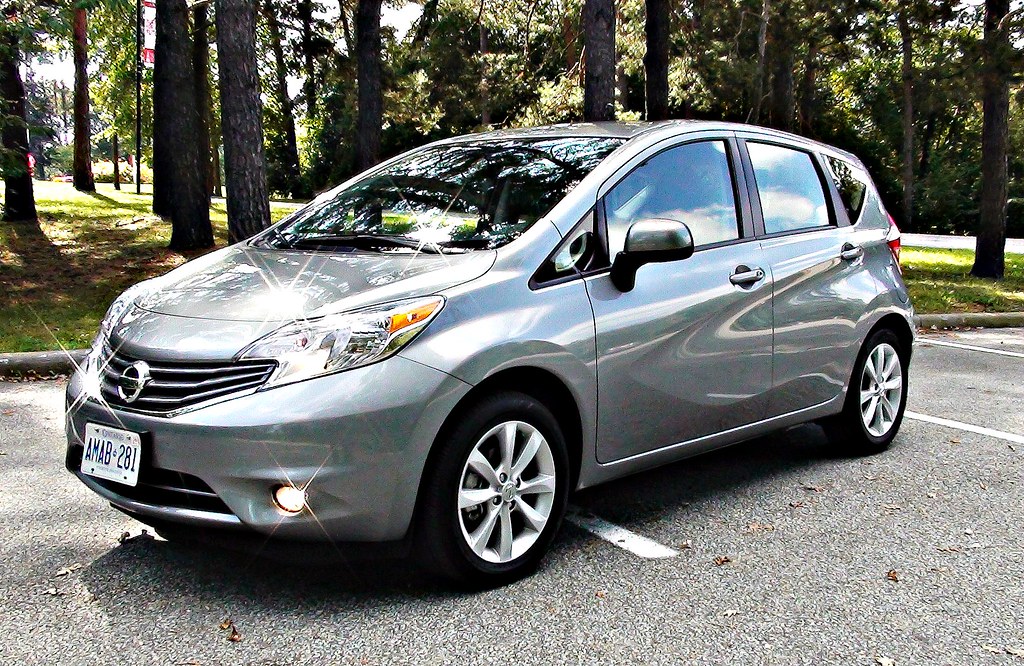
9. **Nissan Versa Note**Marketed as a super-cheap small hatchback, the Nissan Versa Note’s appealingly low price point often masked a corresponding lack of quality that quickly became apparent to owners. While initial affordability might draw in buyers looking for an economical option, the long-term ownership experience frequently reveals a vehicle prone to frustrations, making it another common source of regret. The initial savings quickly erode with recurring issues and dissatisfaction that undermine its core appeal.
At the heart of many complaints was, once again, Nissan’s continuously variable transmission (CVT). This transmission technology, intended to provide smooth and efficient power delivery, instead proved to be a significant source of aggravation for Versa Note owners. Reports indicated frequent issues such as jerky operation, unresponsive acceleration, and a general lack of refinement, which collectively undermined the basic expectation of a reliable daily driver and made mundane trips surprisingly taxing.
Further contributing to owner discontent was the vehicle’s anemic acceleration, particularly from its 1.6-liter 4-cylinder engine. This lack of power, combined with the problematic CVT, resulted in a sluggish and often frustrating driving experience, especially in situations requiring quicker response, such as merging onto highways or climbing inclines. For many, the vehicle’s performance felt inadequate for modern driving demands, challenging its utility.
Despite its budget-friendly positioning, the combination of persistent transmission problems and underpowered performance severely impacted the Versa Note’s appeal. Owners often found themselves compromising on basic driving satisfaction, questioning the true value of their purchase when faced with such consistent operational shortcomings. This disparity between expectation and reality often leads to a strong desire to undo the buying decision.
Car Model Information: 2019 Volkswagen Tiguan 2.0T SE 4MOTION
Name: Nissan Note
Manufacturer: Nissan
Production: 2004–present
Class: Mini MPV
BodyStyle: hatchback
Layout: Front-engine, front-wheel-drive layout,Front-engine, four-wheel-drive layout
Predecessor: Nissan Almera Tino
Aka: Nissan Versa
Caption: Nissan Note (E13)
Categories: 2010s cars, 2020s cars, All-wheel-drive vehicles, All Wikipedia articles written in British English, All articles containing potentially dated statements
Summary: The Nissan Note (Japanese: 日産・ノート, Hepburn: Nissan Nōto) is a supermini/subcompact hatchback or a mini MPV manufactured and marketed globally by Nissan. Introduced in 2004, the first-generation Note was primarily marketed in Japan and Europe, and was produced in Japan and the United Kingdom. The second-generation model was sold in other regions, including North America where it was manufactured in Mexico and marketed as the Versa Note, and Thailand, where it serves as one of the B-segment hatchback offered by the brand alongside the smaller March/Micra under the Eco Car tax scheme.
In 2017, the second-generation Note was replaced by the French-built K14 Micra for the European market. The Versa Note was discontinued in North America in 2019 due to the decreasing demand for subcompact hatchbacks in the region. It continued to be produced and sold in Japan up to the introduction of the third-generation Note in late 2020.
The Note was introduced with a series hybrid drivetrain in late 2016 as the Note e-Power. Due to its popularity and the push of electrification, the third-generation Note is only available with the e-Power drivetrain, with a WLTC fuel economy of 29.5 kilometres per litre (69 mpg‑US).
Get more information about: Nissan Note
Buying a high-performing used car >>>
Brand: Nissan Model: Versa Note
Price: $12,956 Mileage: 115,423 mi.
Read more about: Don’t Get Shocked: Decoding Hybrid Battery Replacement Costs and What You Need to Know
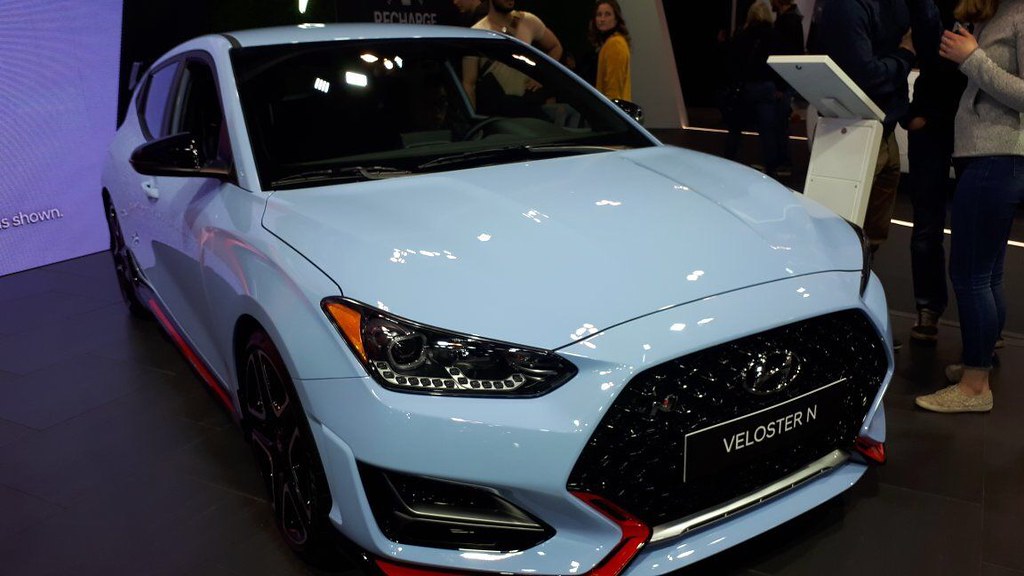
10. **Hyundai Veloster**The Hyundai Veloster initially captivated buyers with its cool, distinctive styling, unique three-door configuration, and promises of responsive handling. However, beneath this attractive exterior and sporty demeanor, a range of persistent mechanical problems proved difficult for many owners to overlook. The vehicle’s bold design often failed to compensate for its underlying reliability issues, leading to widespread disappointment among those who expected more than just aesthetics.
Among the most critical concerns were significant engine problems, which in some unfortunate cases, could lead to catastrophic failure. Such severe defects not Preposed significant safety risks, potentially leaving drivers stranded, but also resulted in incredibly costly repairs, often requiring complete engine replacements. This fundamentally undermined any sense of security or dependability that owners expected from a modern vehicle, transforming a stylish car into a potential financial burden.
Further complicating the ownership experience, the Veloster’s dual-clutch transmission also presented its own set of challenges. Owners frequently reported issues such as delayed acceleration, which could be particularly unsettling in traffic or during quick maneuvers, as well as slipping and jerky shifts that detracted significantly from the driving smoothness and overall performance. These transmission flaws directly contradicted the vehicle’s sporty aspirations.
Adding to this litany of problems were complaints regarding the suspension and steering systems, which often failed to provide the expected refinement or durability, leading to a less comfortable and precise driving experience. For a car marketed on its dynamic attributes, the array of fundamental reliability issues in the engine, transmission, and chassis components ironically turned the “cool” factor into a hotbed of frustrations and unforeseen expenses.
Car Model Information: 2013 Hyundai Veloster Base
Name: Hyundai Veloster
Manufacturer: Hyundai Motor Company
Production: 2011–2022
Class: Sport compact car
Layout: Front-engine, front-wheel-drive layout
BodyStyle: hatchback
Predecessor: Hyundai Tiburon
ModelYears: 2012–2022
Assembly: Ulsan
Categories: All Wikipedia articles in need of updating, All articles with unsourced statements, Articles containing Korean-language text, Articles with short description, Articles with unsourced statements from May 2018
Summary: The Hyundai Veloster (Korean: 현대 벨로스터, romanized: Hyeondae Belloseuteo) is a compact car which was produced by Hyundai from 2011 until 2022. The car differs from most other hatchbacks with its asymmetrical door configuration, featuring one large door on the driver side and two smaller doors on the passenger side. This configuration is more common on commercial vehicles and minivans.
Get more information about: Hyundai Veloster
Buying a high-performing used car >>>
Brand: Hyundai Model: Veloster
Price: $9,489 Mileage: 73,577 mi.
Read more about: Immediate Regret Behind the Wheel: 15 Vehicles Owners Wished They Never Financed at the Dealership
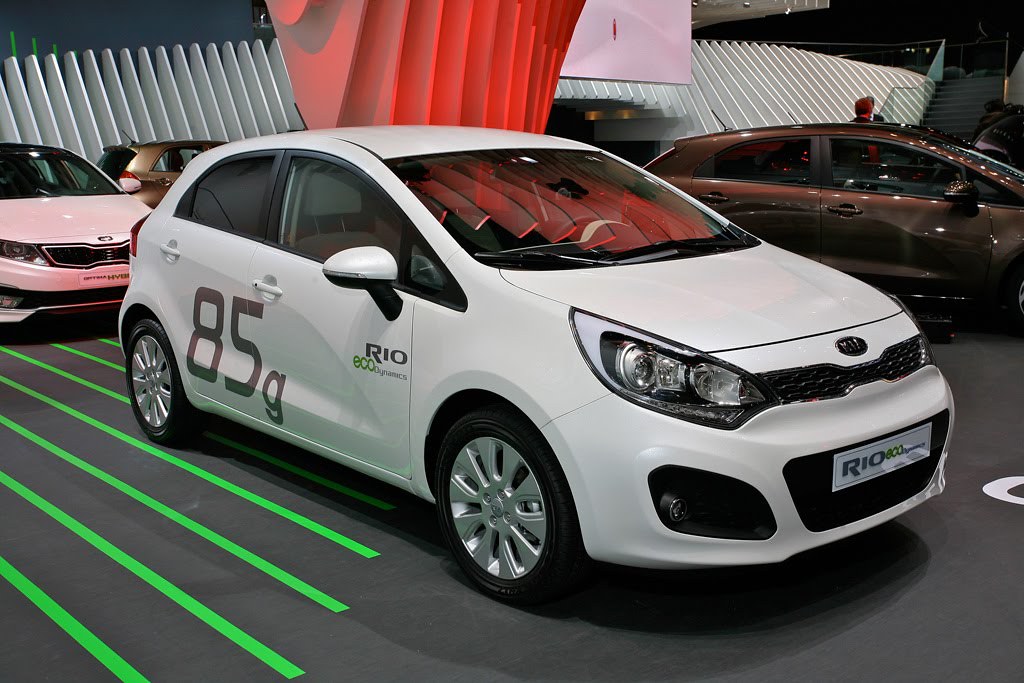
11. **Kia Rio**Owners of the Kia Rio have also frequently expressed their share of buyer’s remorse, highlighting a disconnect between the vehicle’s initial appeal and its long-term reliability. While the Rio is often lauded for its affordability and impressive fuel efficiency, these benefits are frequently overshadowed by a series of recurring mechanical problems that lead to considerable frustration among its drivers. The low entry cost often comes at a higher price in ongoing maintenance and diminished satisfaction.
A significant source of owner complaints revolves around persistent engine issues. These often manifest as rough idling, which can make the vehicle feel unsettled even when stationary, and frequent misfires. Such problems are typically attributed to malfunctions with critical components like spark plugs or ignition coils, directly impacting engine performance. These engine performance issues not only diminish the daily driving experience but also point to underlying quality control concerns that can lead to unexpected repair bills and downtime for the vehicle.
Beyond the mechanical reliability concerns, many Kia Rio owners also voice dissatisfaction with the vehicle’s interior. Complaints frequently target the perceived cheapness of the interior materials, which can detract from the overall cabin ambiance and long-term durability, leading to premature wear and tear. Coupled with comfort issues, particularly during longer drives, these aspects collectively contribute to an ownership experience that falls short of expectations, leaving many wishing for a more substantial and refined vehicle, even if it meant a higher initial cost.
The accumulation of these issues—from engine troubles that compromise reliability to interior quality concerns that affect daily comfort—transforms the Rio from an economical choice into a potentially regrettable one. Buyers looking for reliable, long-term value may find themselves facing frequent maintenance and a less-than-satisfying cabin environment, challenging the very notion of its affordability in the long run.
Car Model Information: 2019 Kia Rio LX
Name: Kia Rio
Caption: Fourth generation Kia Rio
Manufacturer: Kia
Aka: Kia Pride (2005–2017),Kia K2 (China; 2011–2020)
Production: November 1999 – December 2023
ModelYears: 2001–2023 (North America)
BodyStyle: hatchback
Class: Subcompact car
Layout: Front-engine, front-wheel-drive layout
Predecessor: Kia Pride,Kia Avella
Successor: Kia K3 (BL7),Kia Soluto
Categories: 2000s cars, 2010s cars, Articles containing Korean-language text, Articles with short description, CS1 Croatian-language sources (hr)
Summary: The Kia Rio (Korean: 기아 리오) is a subcompact car manufactured by Kia from 1999 to 2023. Body styles have included a three and five-door hatchback and four-door sedan, equipped with inline-four gasoline and diesel engines, and front-wheel drive.
The Rio replaced the first generation Pride—a rebadged version of the Ford Festiva—and the Avella, a subcompact sold as a Ford in some markets. A second generation was introduced in 2005 in Europe and in 2006 in North America, sharing its platform with the Hyundai Accent, a subcompact manufactured by its sister Hyundai Motor Company in South Korea.
In August 2023, the K3 was introduced as its successor in several markets such as Mexico and the GCC countries.
Get more information about: Kia Rio
Buying a high-performing used car >>>
Brand: Kia Model: Rio
Price: $11,469 Mileage: 49,180 mi.
Read more about: Beyond the Hype: Car Tech Features That Are Proving to Be More Gimmick Than Game-Changer for Drivers
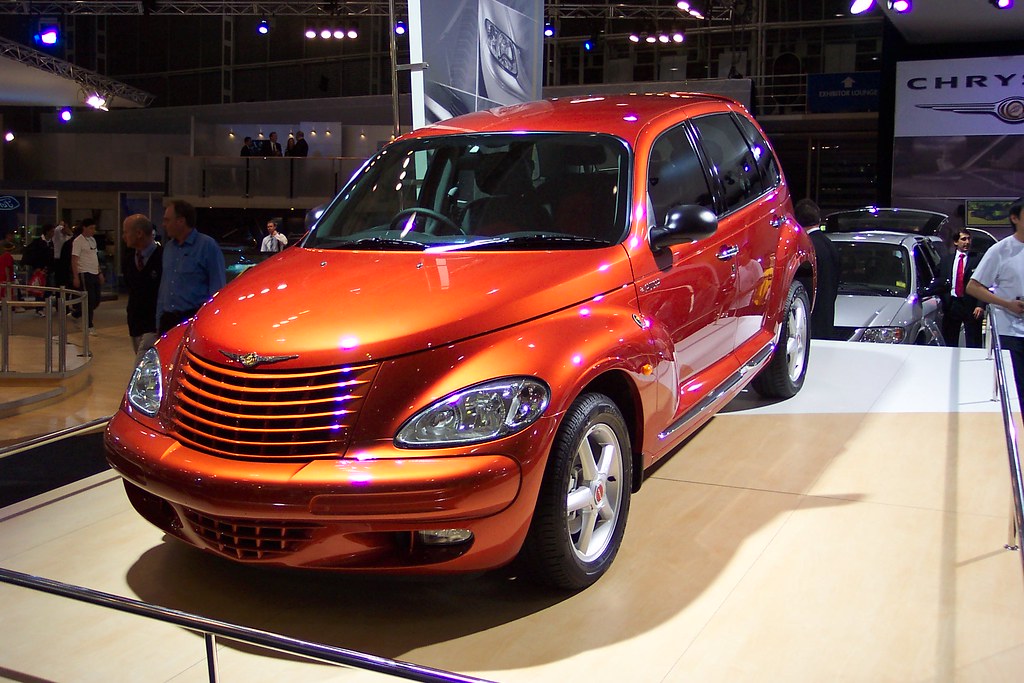
12. **Chrysler PT Cruiser**The Chrysler PT Cruiser, with its distinctive retro styling, always evoked strong opinions—people either loved its unique look or found it utterly perplexing. However, the vehicle’s aesthetics were far from the only aspect drawing criticism; beneath its polarizing exterior lay a multitude of mechanical and electrical problems that consistently led to profound buyer’s remorse among its owners. Its unconventional appearance often mirrored its unconventional reliability record, creating a memorable but frustrating ownership journey.
A cascade of engine issues plagued the PT Cruiser, making it a frequent visitor to repair shops. Owners commonly reported a wide range of problems, including inexplicable stalling, which posed significant safety concerns, and persistent rough idling that diminished driving comfort. More severe issues such as overheating and head gasket failure were also prevalent, indicating fundamental design or manufacturing weaknesses within the engine’s core components. These problems were not merely inconveniences but often led to substantial repair costs and prolonged periods of vehicle unavailability.
Adding to the list of frustrations, the PT Cruiser also suffered from frequent transmission and electrical problems. Transmission malfunctions, varying from hesitant shifts to complete failures, severely impacted drivability and reliability, making the vehicle unpredictable on the road. Electrical gremlins, affecting everything from basic sensors and dashboard lights to more complex systems, were also common, creating unpredictable and annoying glitches that proved difficult and expensive to diagnose and fix.
The cumulative effect of these widespread and persistent issues firmly solidified the PT Cruiser’s reputation as a vehicle many wished they had never purchased. What might have started as an intriguing style statement quickly devolved into a constant source of mechanical and financial burden, overwhelming any unique charm with the reality of frequent breakdowns and costly, complicated repairs. Owners often found themselves pouring money into a car that simply refused to offer consistent dependability.
Read more about: Beyond the Icons: Unearthing 14 Underappreciated Muscle Cars That Deserve Your Attention
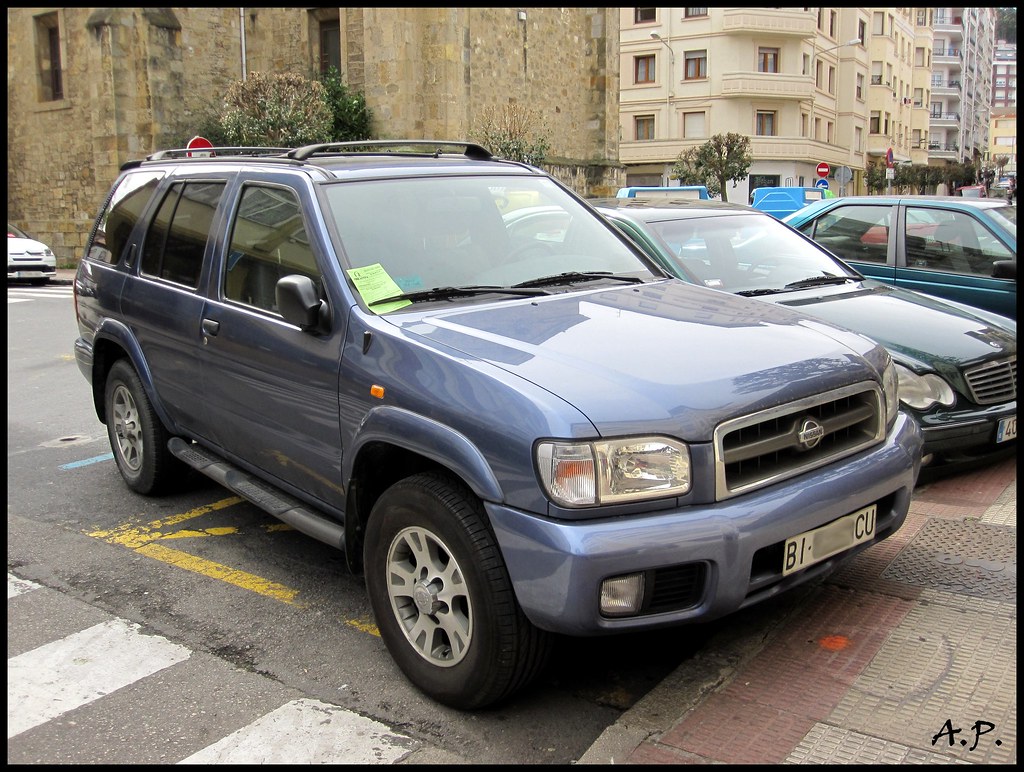
13. **Nissan Pathfinder**Despite its popularity as a family-friendly SUV, the Nissan Pathfinder has unfortunately earned a reputation for recurrent problems that often leave its owners regretting their purchasing decision. For a vehicle expected to provide dependable transport for families and adventurers alike, its track record in certain model years revealed a series of significant mechanical shortcomings. The initial appeal of its versatility and spaciousness often gave way to the harsh reality of its unreliability.
A primary point of contention for many Pathfinder owners is, yet again, the continuously variable transmission (CVT). This particular transmission unit, which Nissan heavily integrated across many of its models, became a significant flaw. Owners frequently experienced issues such as rough shifting, unsettling shuddering during acceleration, and even instances of the transmission overheating, which could lead to a complete breakdown, often in inconvenient or unsafe situations.
The necessity for expensive transmission replacements was not an uncommon outcome for many frustrated drivers, representing a substantial unexpected cost that greatly diminished the vehicle’s value proposition. Such major component failures not only cause significant financial strain but also result in considerable downtime for a vehicle that families rely on daily, causing widespread disruption and stress.
In addition to the pervasive CVT problems, the Nissan Pathfinder also presented owners with a range of other frustrating mechanical issues. Engine problems, including unexpected malfunctions and a lack of consistent performance, further diminished the vehicle’s appeal and reliability. Fuel system issues also contributed to the vehicle’s problematic profile, leading to unexpected maintenance and repair bills. These collective deficiencies often transformed the dream of owning a reliable SUV into a cycle of repairs and dissatisfaction for many owners.
Read more about: Rolling Regret: 6 Trucks Owners Wish They Had Left Sitting on the Dealer’s Pavement

14. **Nissan Frontier**The Nissan Frontier, a mid-size pickup truck designed to handle tough jobs and offer rugged dependability, has unfortunately been a source of considerable frustration for many owners, often leading to deep regret. Specific model years are notorious for severe mechanical flaws that turned what should have been a dependable workhorse into a significant liability. The truck’s rugged appearance often belied its underlying vulnerabilities, particularly concerning its powertrain reliability.
The 2005 to 2010 model years of the Nissan Frontier are particularly infamous for a critical transmission issue directly linked to the radiator. A design flaw allowed coolant to leak into the transmission fluid, causing catastrophic damage to the transmission’s internal components. This intermixing of fluids created a corrosive and abrasive environment that quickly degraded the transmission, making it one of the most significant and costly problems.
The results of this flaw were severe and immediate: owners experienced slipping gears, herky-jerky shifting, and ultimately, complete transmission failure, necessitating extremely costly repairs or replacements that often exceeded the vehicle’s market value. This widespread defect deeply eroded owner trust and confidence in the vehicle, as a truck designed for utility failed on its most fundamental promise of reliability.
Beyond the transmission catastrophe, Frontier owners also reported a range of other significant problems, including persistent engine issues that affected performance and reliability, often leading to reduced power or unexpected breakdowns. Additionally, problems with the timing chain, a crucial engine component responsible for engine synchronization, frequently surfaced, leading to expensive and complex repairs that further compounded the ownership burden.
The cumulative effect of these pervasive mechanical failures transformed what should have been a robust and reliable pickup into a vehicle plagued by frequent breakdowns, extensive maintenance demands, and profound owner dissatisfaction. For many, the Frontier became a symbol of unmet expectations and unforeseen expenses, making it a purchase they would unequivocally reverse if given the chance.
Car Model Information: 2017 Nissan Frontier SV-I4
Categories: All set index articles, Articles with short description, Nissan vehicles, Set index articles on cars, Short description is different from Wikidata
Summary: The Nissan Frontier is a nameplate used on three different pickup truck models by Nissan:
Nissan Frontier (international), an alternative nameplate for the NP300/Navara on some markets.
Nissan Frontier (North America), a rebadged NP300/Navara from 1997 to 2021, then became a separate model since 2021.
Nissan Frontier Pro, a rebadged Dongfeng Z9 that will be available from 2025. Available as both a diesel and plug-in hybrid, with the latter being the initial variant.
Get more information about: Nissan Frontier
Buying a high-performing used car >>>
Brand: Nissan Model: Frontier
Price: $17,435 Mileage: 63,351 mi.
Read more about: Rolling Regret: 6 Trucks Owners Wish They Had Left Sitting on the Dealer’s Pavement
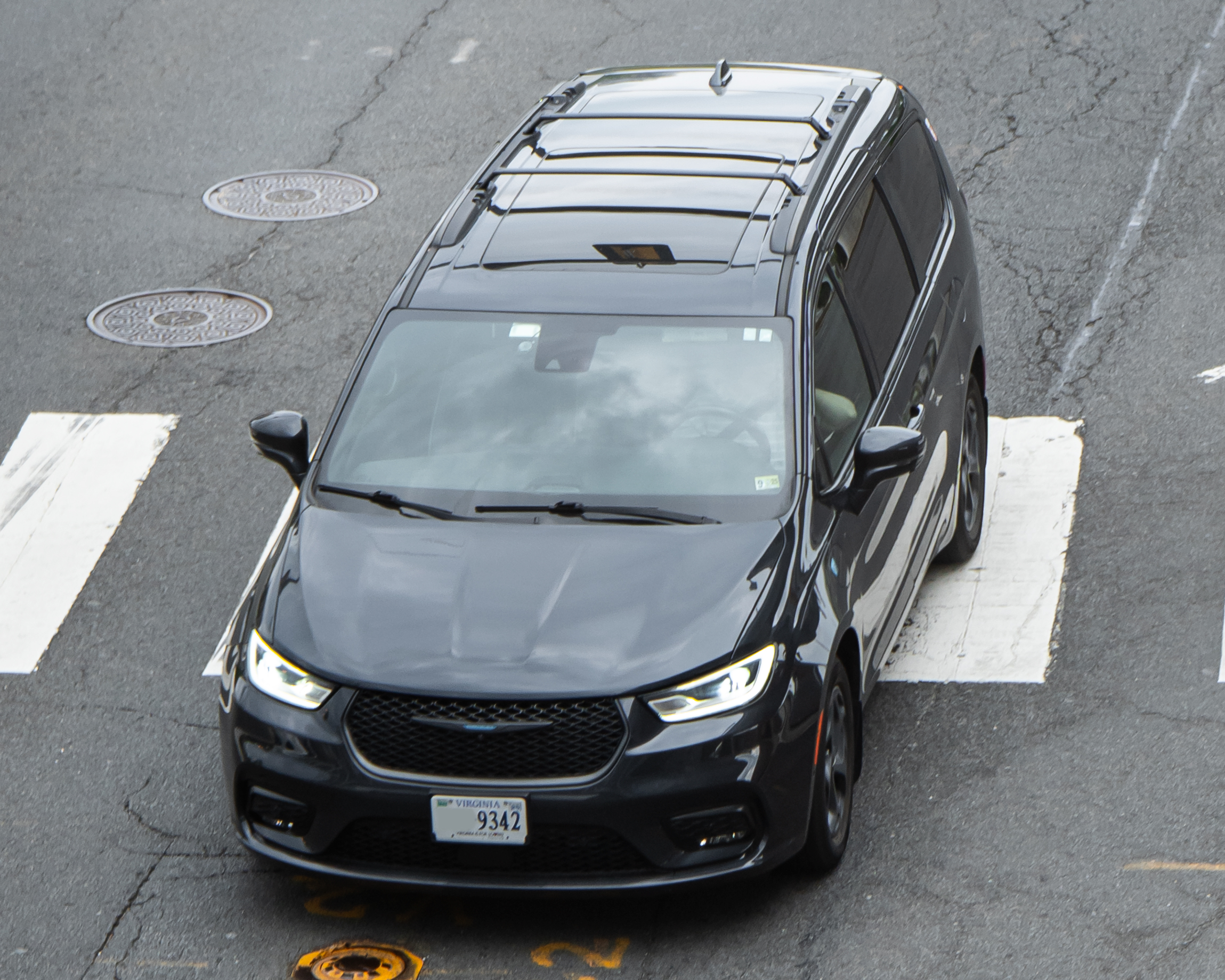
15. **Chrysler Pacifica Hybrid**The Chrysler Pacifica Hybrid stands out as a minivan that, despite its innovative plug-in hybrid powertrain and promise of improved fuel efficiency, has proven to be significantly problematic for many owners. While the allure of greener driving and reduced fuel costs is strong, the reality of its electrical and battery-related issues often outweighs these potential benefits, leading to a considerable number of disappointed buyers who find themselves grappling with persistent reliability concerns.
A core source of dissatisfaction for Pacifica Hybrid owners centers on its complex battery and electrical systems. Common issues include unexpected battery drain, which can leave owners stranded or unable to utilize the hybrid capabilities, and an inconsistent all-electric range that often fails to meet expectations, reducing the economic advantage. More critically, reports of complete battery failure underscore a serious reliability concern, leading to expensive repairs and long downtimes for a vehicle designed for family utility.
Furthermore, the vehicle’s electric continuously variable transmission (eCVT) also contributes to its problematic profile. This sophisticated transmission, while integral to the hybrid system for seamless power delivery, has been a source of various complaints, affecting the smoothness and reliability of the drive. Owners often report rough or hesitant operation, directly impacting the driving experience and the overall perceived quality of the minivan.
The accumulation of these intricate mechanical and electrical failures means that for many families, the Chrysler Pacifica Hybrid, despite its modern technology and environmental appeal, becomes a vehicle that demands frequent attention and ultimately leads to buyer’s remorse. The financial strain of repairs, coupled with the inconvenience of unexpected breakdowns in a family vehicle, often outweighs any fuel savings, making the ownership experience far from the hassle-free promise of a new minivan.
—
Car Model Information: 2017 Chrysler Pacifica Touring-L Plus
Categories: All set index articles, Articles with short description, Chrysler vehicles, Set index articles on cars, Short description is different from Wikidata
Summary: Chrysler Pacifica is a nameplate used by Chrysler for a variety of vehicles.
The name was first used on a luxury minivan concept vehicle in 1999, and later a crossover concept in 2002.
From 2004 to 2008, it was used on a mid-size crossover, and since the 2017 model year, it has been used as the Town & Country minivan’s replacement.
Vehicles using the nameplate are:
Chrysler Pacifica concept (1999), concept minivan
Chrysler Pacifica concept (2002), concept crossover
Chrysler Pacifica (crossover) (2004–2008), production version of the 2002 concept
Chrysler Pacifica (minivan) (2017–present), Chrysler Town & Country replacement
Get more information about: Chrysler Pacifica
Buying a high-performing used car >>>
Brand: Chrysler Model: Pacifica
Price: $14,397 Mileage: 72,657 mi.
Read more about: Electrifying the Family Ride: Are 2025 Electric Minivans Finally Practical and Poised to Reshape Your Travel Experience?
Sometimes, life is truly about learning from other people’s mistakes so you don’t have to repeat them yourself. This principle is especially true when it comes to the significant investment of car ownership. The fifteen vehicles meticulously detailed in this comprehensive guide are prime examples of models worth skipping, unless you are prepared to roll the dice and hope your experience miraculously defies the consistent pattern of widespread owner dissatisfaction. By arming yourself with this data-driven knowledge, you can make a purchasing decision rooted in reality, not just marketing hype, ensuring your next set of wheels brings joy, not just a migraine headache on wheels.

